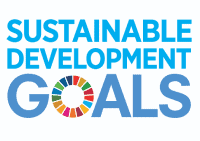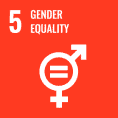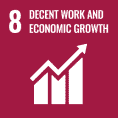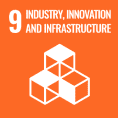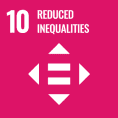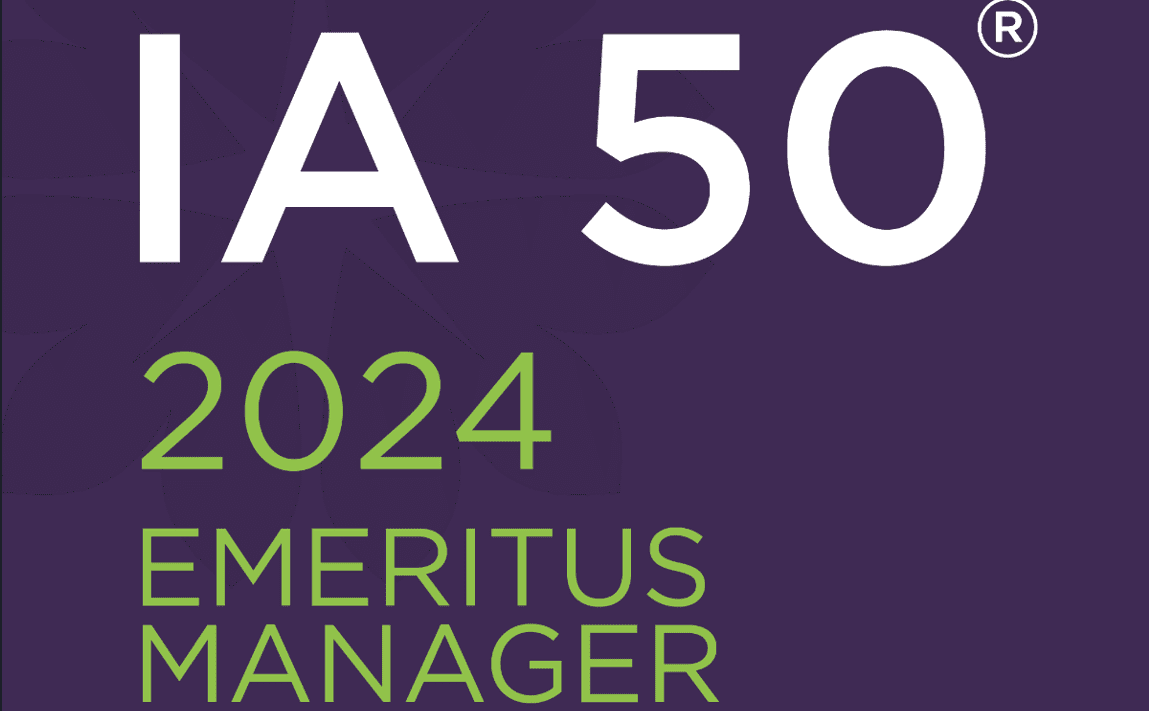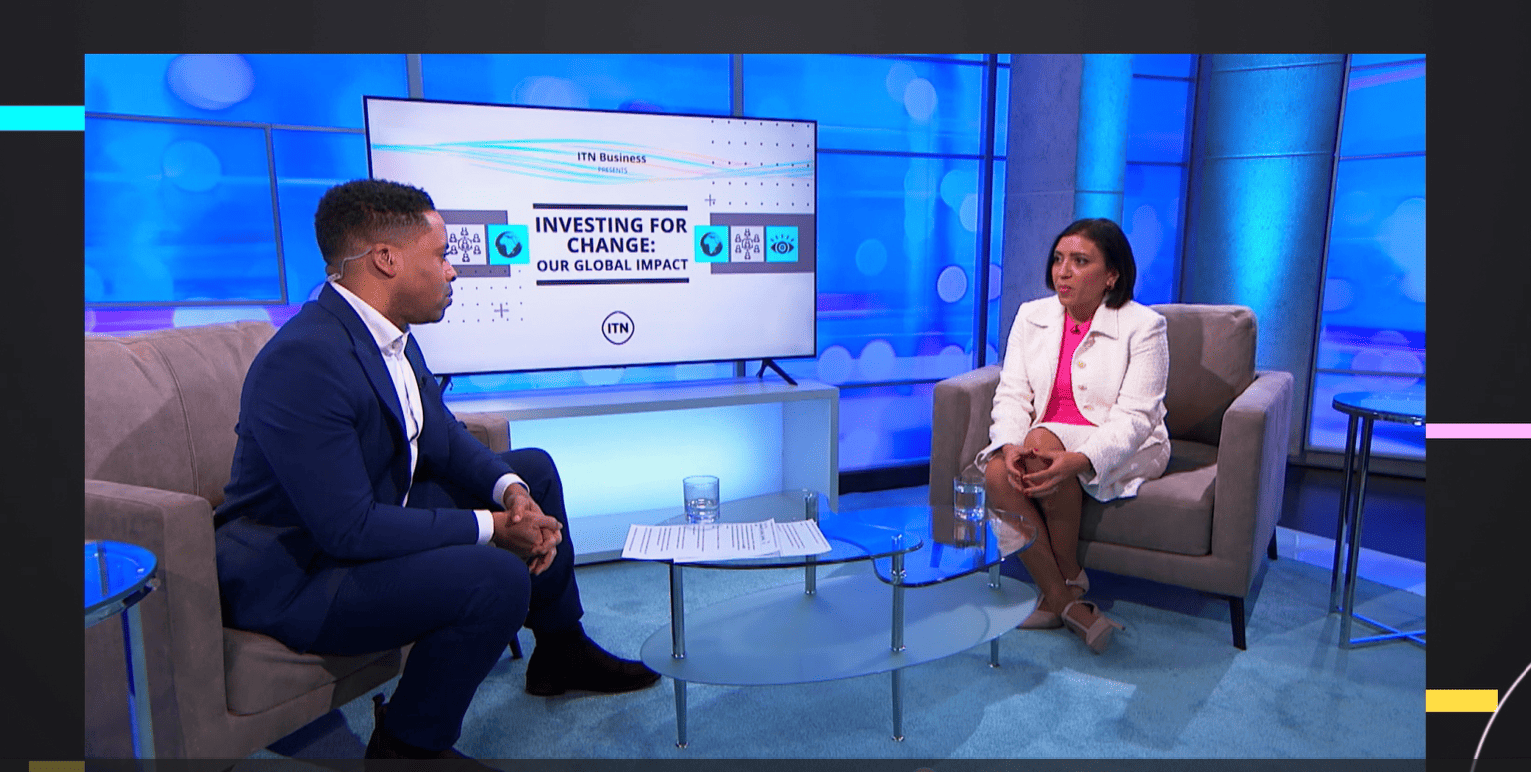When scaling up microcredit showed that women were often more reliable clients than men, investors began to take notice. If women entrepreneurs were more likely to repay loans on time and less likely to default when running a microenterprise, why were they excluded from commercial bank access to working capital for larger businesses? Could the financial services industry be disregarding women-owned small and medium-sized enterprises (SMEs)?
The term “Gender Lens” investing emerged from the work of Sarah Kaplan and Jackie Vanderbrug at Standard University (See The Rise of Gender Capitalism). Essentially, they call for investors to shift their perspective by looking for investment opportunities that improve access to capital for women-owned businesses, promote gender equity in the workplace, and create products and services that benefit women and girls. By thinking differently about where capital is needed, Kaplan and Vanderbrug believe that investors will both drive value in investments and promote social change.
Gender Lens Investing as a Portfolio Strategy
In 2015, one third of impact investors sought vehicles that promote equality and women’s empowerment, suggesting a new emphasis on a gender lens approach, according to the GIIN annual survey of investors. Successful investing is all about finding undervalued assets which can generate returns—both financial and social in the case of impact investing. Businesses operated by women are a good place to look.
 “Women entrepreneurs in Kosovo are creative, have an undeniable will to work and contribute to the society and do not hesitate to offer their best,” said Mirlinda Kusari Purrini, founder and executive director of SHE-ERA, an NGO in Kosovo that promotes economic development. “In order to build a strong society, it is imperative that women be included in all aspects of social life. They can contribute greatly—especially given the different challenges they face vs. men and thus the different solutions women find to problems.”
“Women entrepreneurs in Kosovo are creative, have an undeniable will to work and contribute to the society and do not hesitate to offer their best,” said Mirlinda Kusari Purrini, founder and executive director of SHE-ERA, an NGO in Kosovo that promotes economic development. “In order to build a strong society, it is imperative that women be included in all aspects of social life. They can contribute greatly—especially given the different challenges they face vs. men and thus the different solutions women find to problems.”
In addition to their contributions as entrepreneurs, women tend to re-invest their income in goods and services that benefit their families. As a result, an increase in their income tends to have disproportionate impact on per capita income and GDP growth. Closing the credit gap for women-owned SMEs could boost income per capita growth rates by over 110bp on average, according to Goldman Sachs.
Financing Bar Set Higher for Women
All SMEs struggle to access working capital, however, the hurdles are often set higher for women entrepreneurs. In emerging and underserved markets, women must overcome lack of collateral, weak property rights, and discriminatory regulations, laws, and customs, according to the Goldman Sachs report. Women who do receive loans may be subject to higher interest rates and shorter repayment periods or require the involvement of a male family member, finds the World Bank.
According to Purrini: “Limited access to finance is singled out as one of the main barriers to faster women entrepreneur development, as well as better financial management and business development training in order to grow.”
The gap in access to financing for women-owned SMEs in developing countries is estimated to be around $285 billion, according to the International Finance Corporation (IFC). They estimate that 70% of women-owned SMEs in developing countries are unserved or underserved by financial services. Imagine the potential impact if even a small portion of those businesses could reliably access the working capital they need.
Faced with so many people telling them “no,” that their businesses cannot support growth, women lose confidence. Fortunately, there are alternatives to traditional bank lending. Confirmed invoices with reputable buyers are financeable assets. And local factors are stepping up to unlock their value and expand financial services to a whole new client base. “There are great business women who do really well and cannot get financing,” said the executive director of one of AGC’s factor partners in Kenya. “With us, their invoices are good enough.”
Empowering Women by Design
By design, AGC financial services target the “missing middle” between micro-credit and commercial lending. Supply chain finance enables women to access working capital without taking on debt. The structure is flexible and does not put collateral, such as homes and personal property, at risk. There is no subjective decision maker, such as a loan officer, assuming she is not reliable and credit-worthy.

“Women entrepreneurs do not need loan applications printed on pink paper,” said Janet McKinley, co-founder of AGC, and 30 year veteran of the finance sector. “They just need the same access as any other business owner to appropriately structured financing.”
AGC selects local factors to partner with based on their ability to uncover opportunity and respond to the unique challenges of their customers. Our partners are good listeners. They provide the local know-how to help suppliers properly register their businesses, establish financial records and manage their growth. They strengthen relationships between buyers and their suppliers, creating more resilient supply chains.
In Kosovo, AGC launched the first licensed non-bank financial institution in partnership with a woman-led factoring business based in Macedonia. AGC has also provided grant support to SHE-ERA, a women’s business association, to provide SHE-ERA members with mentoring advice and to link SHE-ERA entrepreneurs with buyers. AGC is committed to doing its part to support the development of women entrepreneurs wherever we do business.
When Women Entrepreneurs Succeed
By partnering with investors who want to put their principal to work with their values, AGC is delivering working capital, at scale, to entrepreneurs who will not thrive without it—particularly women. And we will track our progress in supporting women, creating jobs, and accelerating SME revenue growth in the years to come. (AGC plans to track social impact objectives using IRIS performance metrics when sufficient data is available to measure success over time.)
Financial inclusion is a powerful force. Any successful business depends on healthy cash flow to survive and grow. When women entrepreneurs succeed, everyone benefits—their employees, their families, their communities and the investors who back them.

